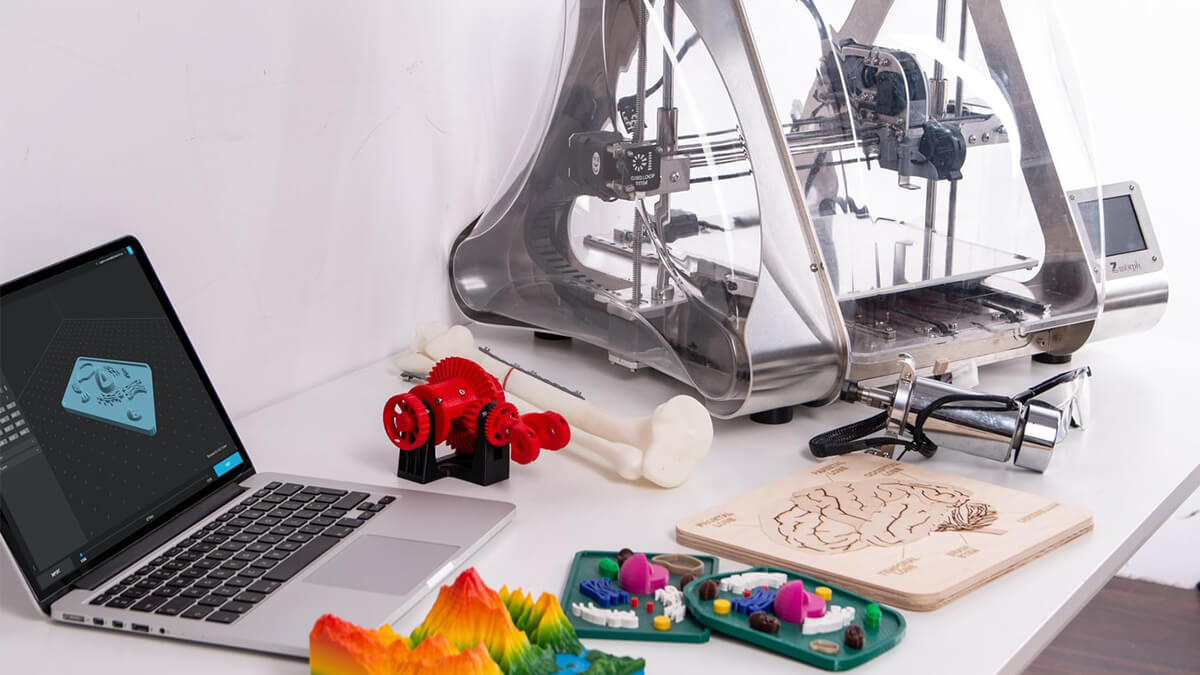As the utilization of 3D printing expands across the broader spectrum of industrial manufacturing, the significance of this technology extends beyond its role as a rapid prototyping tool. This article provides an overview of the applications of 3D printing in the fabrication of molds and dies for processes such as injection molding and die casting.
Exploring the Integration of 3D Printing in the Die and Mold Industry
Introduction:
As 3D printing gains prominence in industrial manufacturing, its role extends beyond rapid prototyping, especially in the fabrication of molds and dies for injection molding and die casting. This article provides a detailed examination of the use of 3D printing in creating molds and explores its advantages in various manufacturing processes.
3D Printed Molds for Injection Molding:
Injection molding, a common method for mass-producing plastic parts, traditionally involves precision-machined molds made of aluminum or steel. These molds can incur substantial costs, making injection molding most economical for high-volume production. However, for low-run molding of 50 to 100 parts, 3D printing emerges as a cost-effective alternative. Additive manufacturing (AM) proves valuable not only for end-part production but also for creating tooling, offering advantages in customization, on-demand production, and handling complex designs.
Benefits of 3D-Printed Metal Molds:
3D-printed metal molds and dies demonstrate longevity surpassing their plastic counterparts. The article emphasizes that even in cases where 3D printing isn't employed for final parts, it presents unique advantages, particularly in producing tooling. The discussion highlights the cost-effectiveness of 3D printing for small batch sizes, showcasing its potential benefits for various manufacturing scenarios.
Examples of Improved Injection Molding Processes:
Several instances illustrate how 3D-printed molds have enhanced injection molding processes. Tool manufacturers reduced cycle times, while a polish tooling and injection molding company achieved significant reductions in cycle times and cooling temperatures. These examples underscore the positive impact of integrating 3D printing into traditional manufacturing processes.
Transitioning from 3D Printing to Injection Molding:
Five Essential Considerations for A Smooth Transition from 3D Printing Prototypes to Injection Molding Production
- Design for injection molding during the 3D printing stage.
- Print prototypes using production materials to mimic the final part's characteristics.
- Polish prototypes to achieve a finish representative of the molded final part.
- Explore alternatives beyond FDM (Fused Deposition Modeling) for improved part quality.
- Seek specialist advice to ensure a seamless transition between prototyping and production.
Conclusion
Understanding the applications of 3D printing in the die and mold industry is crucial, and this article provides valuable insights. Additionally, it outlines key considerations for a successful transition from 3D printing to injection molding, emphasizing the need for thoughtful design and material choices. Stay tuned to our website for the latest updates on 3D printing technology and its real-world applications.





.jpg)








